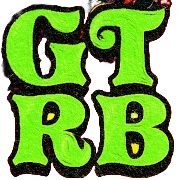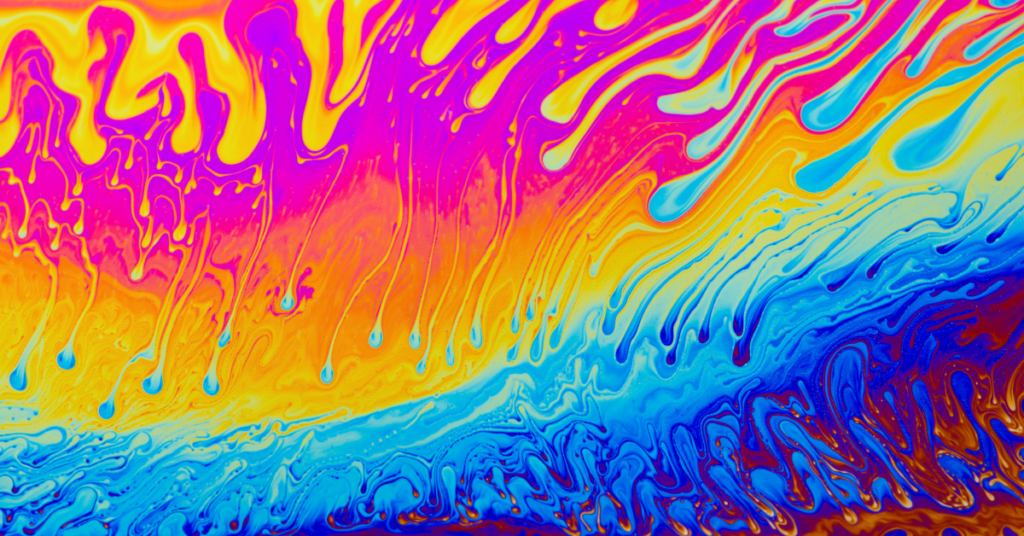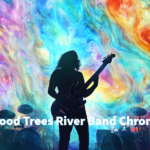Step into a kaleidoscope of sound and color, where music doesn’t just enter your ears but engulfs your senses. Welcome to the vibrant world of psychedelic rock, a genre that transcended mere melodies and riffs, blending vivid visual art with mind-bending sounds to create an experience unlike any other. Psychedelic rock wasn’t just a shift in the music scene of the 1960s; it was a revolution—a movement that intertwined with the era’s counterculture and reshaped how we experience both art and life itself.
Emerging during a time when social norms were being questioned and the boundaries of creative expression were being pushed, psychedelic rock became the soundtrack to a generation looking to explore the unknown, both externally and within. It encouraged exploration—of sound, of consciousness, of identity—and forever altered the musical landscape, merging the raw power of blues with the storytelling essence of folk, while infusing it all with experimental sounds that took listeners on a cosmic journey.
Origins of Psychedelic Rock
Psychedelic rock wasn’t just a genre that evolved naturally from popular music—it was a manifestation of a cultural shift, a movement that pushed the limits of what music could be. This era of exploration and rebellion found its voice in bands that weren’t afraid to break free from the established norms. Psychedelic rock became the anthem for a generation that was done playing by the old rules.
One of the earliest and most notable pioneers of the genre was the 13th Floor Elevators. Hailing from Texas, they’re often credited as the first true psychedelic rock band. Their 1966 single “You’re Gonna Miss Me” introduced the term “psychedelic rock” to the world, signaling the birth of something new and electrifying. The raw energy of the Elevators captured the essence of this burgeoning genre—frenetic, experimental, and deeply tied to the evolving consciousness of the era.
But it wasn’t just the 13th Floor Elevators making waves. The Beatles, already at the top of the musical hierarchy, began infusing their music with surreal and otherworldly textures. Their 1966 album Revolver represented a major turning point, with tracks like “Tomorrow Never Knows” plunging headfirst into sonic experimentation, drawing inspiration from Indian music and avant-garde techniques. This was more than just music—it was a journey through sound, breaking away from traditional song structures to create something otherworldly.
Around the same time, The Byrds were making their own contributions to the genre with songs like “Eight Miles High.” Their mix of folk and rock, combined with jangling guitars and psychedelic lyrics, made them key figures in the genre’s emergence. The Byrds’ ability to blend traditional folk storytelling with the swirling, mind-expanding sounds of psychedelia opened the door for countless bands to follow.
And then there was Brian Wilson of The Beach Boys. His magnum opus, Pet Sounds, wasn’t just an album; it was a sonic revolution. Although not fully psychedelic, it embraced complex compositions, unusual instruments, and a deep emotional resonance that influenced the genre. Wilson’s pioneering spirit with layered harmonies and innovative studio techniques showed that psychedelic rock wasn’t just about the trip—it was about the artistry and innovation that went into creating something that pushed musical boundaries.
The electric guitar also became a central figure in this genre, an instrument that seemed to be able to bend reality itself. At the forefront of this was Jimi Hendrix, a true guitar god whose techniques and innovations with the instrument redefined the possibilities of rock music. Hendrix’s performances weren’t just concerts—they were transcendental experiences. His use of feedback, distortion, and surreal effects created sonic landscapes that invited listeners to lose themselves in the music. Hendrix took psychedelic rock to new heights, ensuring that the genre would be forever associated with technical mastery and raw emotional power.
The West Coast and the Birth of a Scene
As psychedelic rock gained traction, a geographic hub emerged, serving as the epicenter for this musical and cultural revolution. The West Coast, and more specifically San Francisco’s Haight-Ashbury district, became synonymous with the genre. This neighborhood wasn’t just a place; it was a cultural nerve center where musicians, artists, and free spirits gathered to challenge the norms of society and explore new realms of expression.
The Summer of Love in 1967 was a defining moment for psychedelic rock and the counterculture movement as a whole. Thousands flocked to San Francisco, creating a vibrant, communal environment where music wasn’t just entertainment—it was a way of life. Haight-Ashbury became ground zero for the psychedelic scene, a place where bands like Jefferson Airplane, the Grateful Dead, and Big Brother and the Holding Company flourished.
Jefferson Airplane, in particular, captured the essence of the San Francisco sound. Their 1967 album, Surrealistic Pillow, solidified their place as one of the leading forces in psychedelic rock. The album’s standout tracks, “White Rabbit” and “Somebody to Love,” became anthems for the counterculture, with their soaring vocals and surreal lyrics speaking directly to the expanding consciousness of the time. Frontwoman Grace Slick’s powerful voice became a rallying cry for a generation seeking to break free from societal constraints and explore the depths of their own minds.
The West Coast wasn’t just producing iconic albums; it was shaping an entire cultural movement. Psychedelic rock was more than just music; it was a way to challenge the status quo, to experiment with new sounds and ideas, and to create a community where freedom of expression was paramount. The Summer of Love may have been fleeting, but its impact on music and culture was lasting, cementing the West Coast as the spiritual home of psychedelic rock.
Key Albums That Defined the Era
Psychedelic rock wasn’t just about experimentation; it was about pushing the boundaries of what an album could be. The 1960s and 1970s saw the release of several iconic albums that not only defined the genre but also changed the course of music history.
The Beatles’ Revolver and Sgt. Pepper’s Lonely Hearts Club Band are two of the most influential albums in the history of psychedelic rock. Revolver, with its experimental use of tape loops, backward recording, and Indian influences, set the stage for what was to come. But it was Sgt. Pepper’s that truly broke the mold. Released in 1967, it wasn’t just an album—it was a cultural milestone. The use of non-traditional instruments, intricate studio techniques, and a concept that tied the whole experience together elevated Sgt. Pepper’s to legendary status. It was a psychedelic masterpiece that expanded the possibilities of what rock music could achieve.
At the same time, across the pond, Pink Floyd was making waves with their debut album The Piper at the Gates of Dawn. Released in 1967, this album, under the direction of Syd Barrett, was a swirling, cosmic journey through sound. Tracks like “Interstellar Overdrive” pushed the boundaries of what rock music could be, with extended instrumentals and experimental soundscapes that took listeners on a trip through space and time.
Meanwhile, Jefferson Airplane’s Surrealistic Pillow captured the essence of the West Coast scene. Its combination of melodic harmonies, distorted guitars, and surreal lyrics made it a quintessential psychedelic rock album. Songs like “White Rabbit” became anthems for the counterculture, blending Alice in Wonderland imagery with drug-induced experiences to create a sound that was both grounded in the familiar and completely otherworldly.
These albums didn’t just represent the height of psychedelic rock—they helped shape the future of music. They broke down barriers, challenged conventions, and showed that music could be more than just entertainment—it could be an experience, an exploration, and a journey into the unknown.
Undeniable Influence
Psychedelic rock’s influence on music and culture is undeniable. From its origins in the counterculture movement of the 1960s to its lasting impact on modern music, the genre has carved out a permanent place in the history of rock. Bands like the 13th Floor Elevators, The Beatles, Jefferson Airplane, and Pink Floyd paved the way for future generations to explore new sounds, push boundaries, and embrace the limitless possibilities of music.
Today, bands like Good Trees River Band continue to carry the torch, ensuring that the spirit of psychedelic rock lives on. With their commitment to blending traditional elements with modern innovation, they embody the freewheeling, exploratory spirit that made the genre so groundbreaking. Psychedelic rock isn’t just a relic of the past—it’s a living, breathing entity that continues to inspire, connect, and expand the horizons of music lovers around the world.


